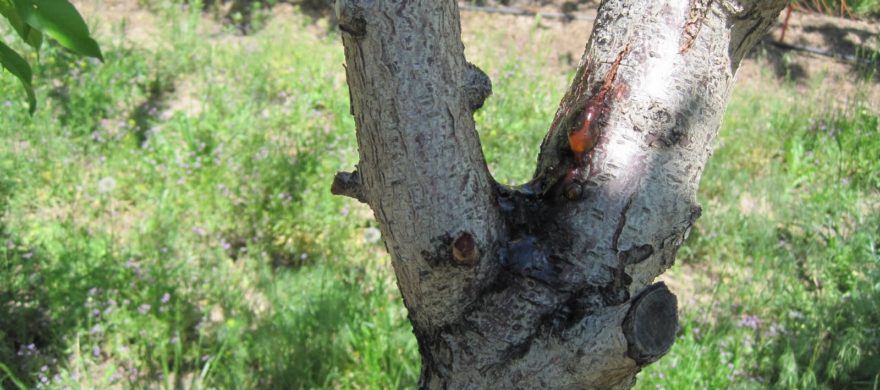Insect Blog

Thyronectria Canker
May 14th, 2019
Plants Affected:
Honeylocust
Symptoms:
This disease causes sunken and discolored areas of the bark and may affect both the branches and the trunk. As the disease progresses, small black “cushions” appear through the lentils or press in the bark. Symptoms often appear at the base of the tree where the fungus gains entry through the lentils or pores in the bark. Symptoms often appear at the base of the tree where the fungus gains entry through the wounds from lawnmowers, etc.
Life Cycle:
This disease enters the bark through wounds and is spread from tree to tree in many ways such as by wind, humans, animals, etc.
Treatment Care:
It is very important to minimize any wounds to the tree and to protect the tree from water accumulating at the base which often creates a desireable environment for the disease. Pruning out affected branches and cutting out affected bark in the trunk can be effective treatments. There are no chemical treatments available. Cultural care such as deep root watering and fertilization can help the tree ward off the disease by increasing its vigor.
